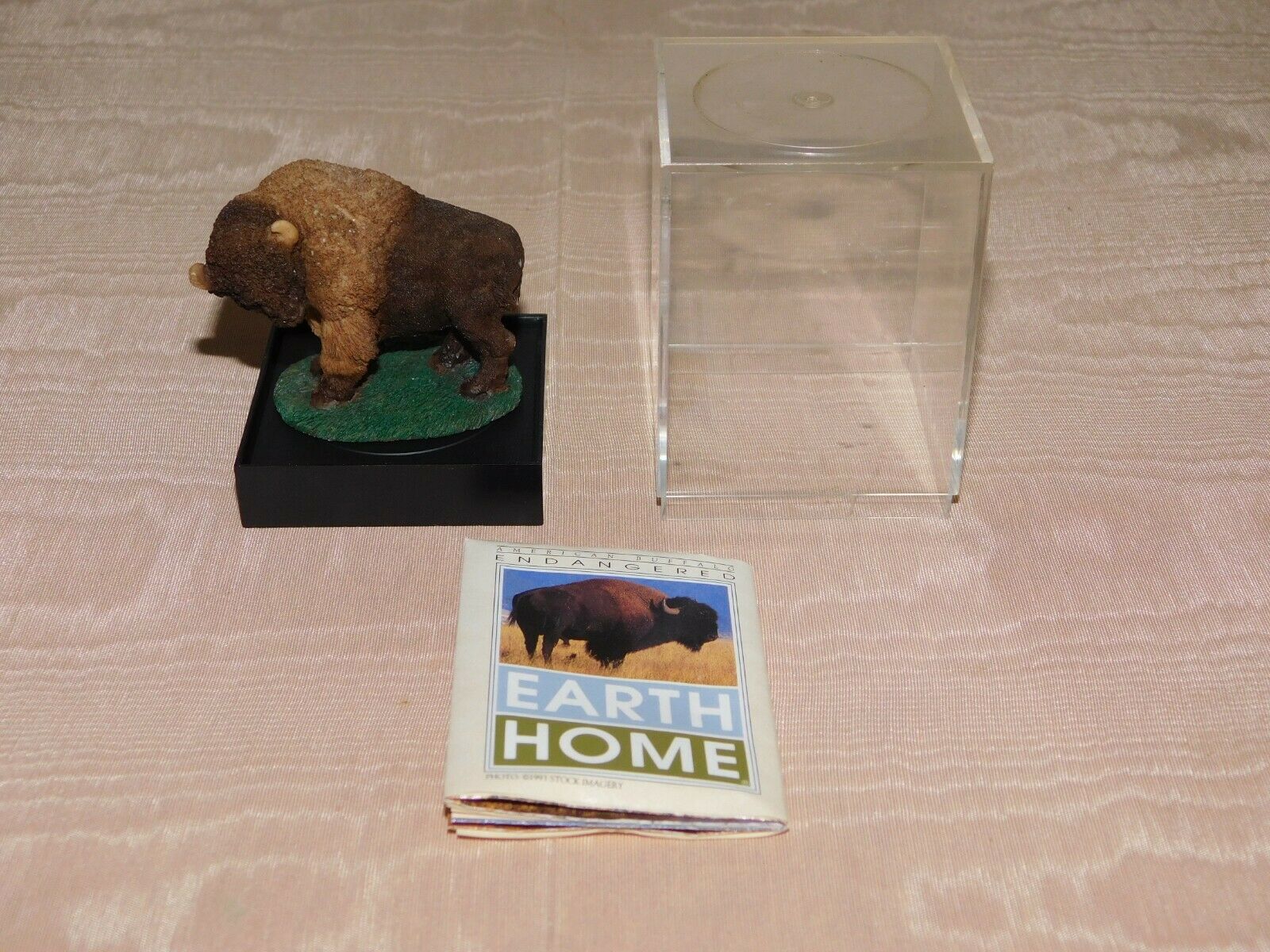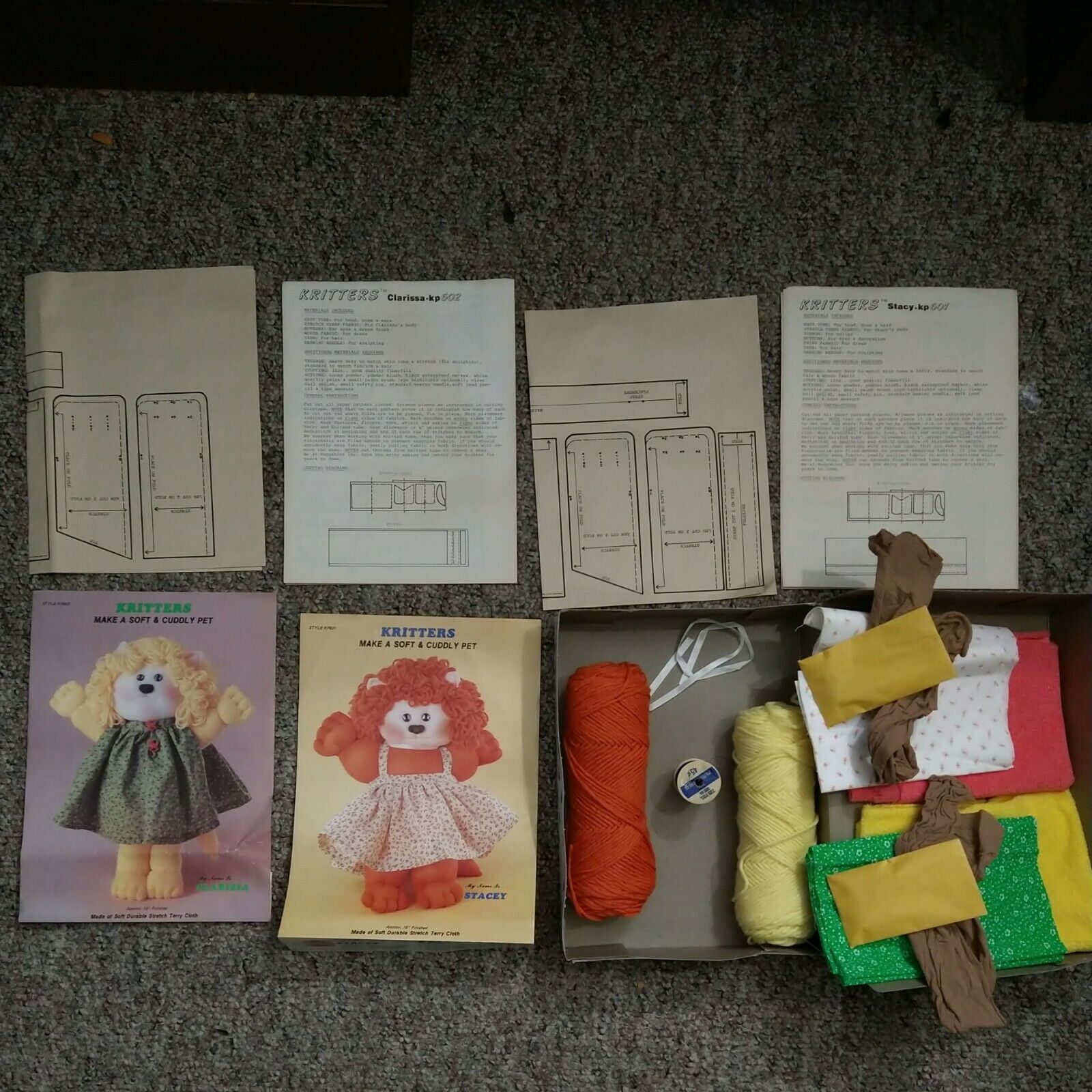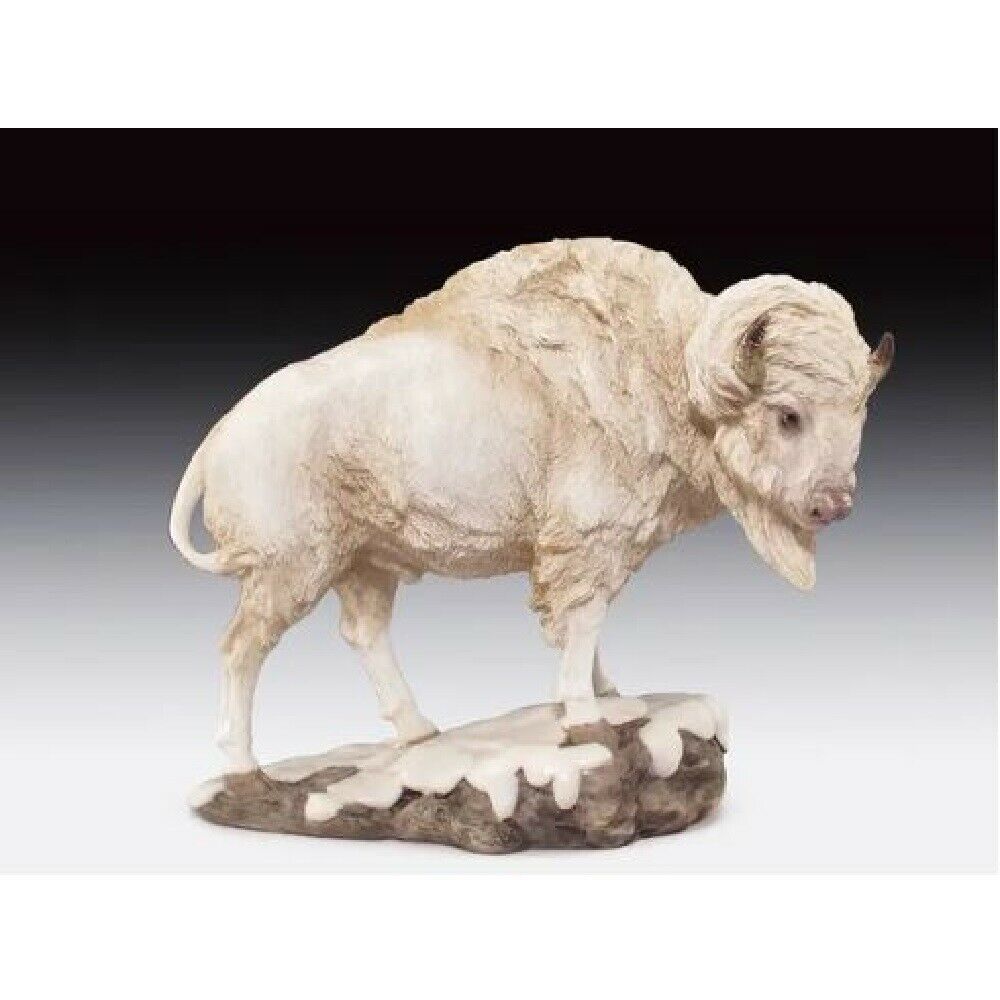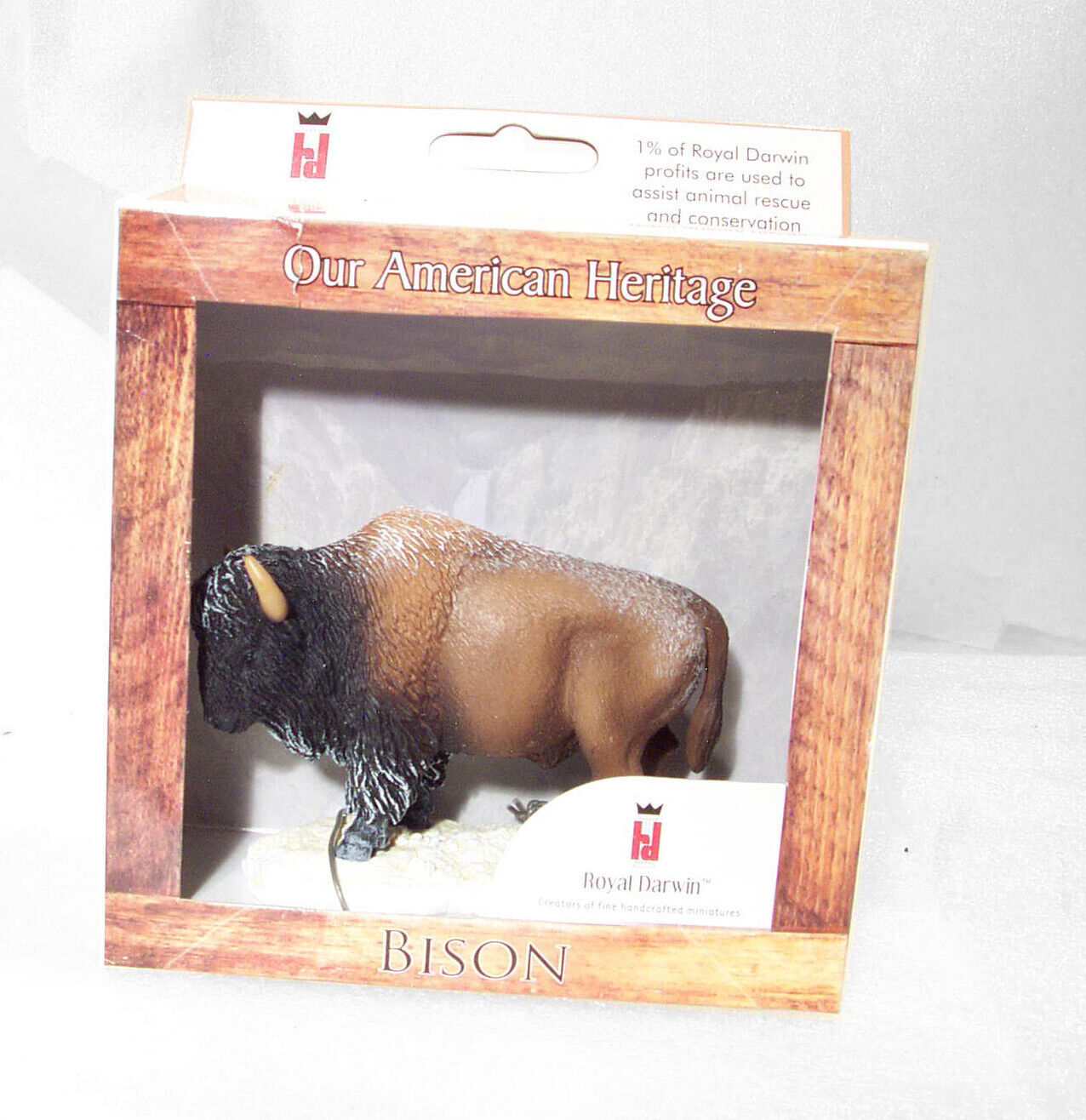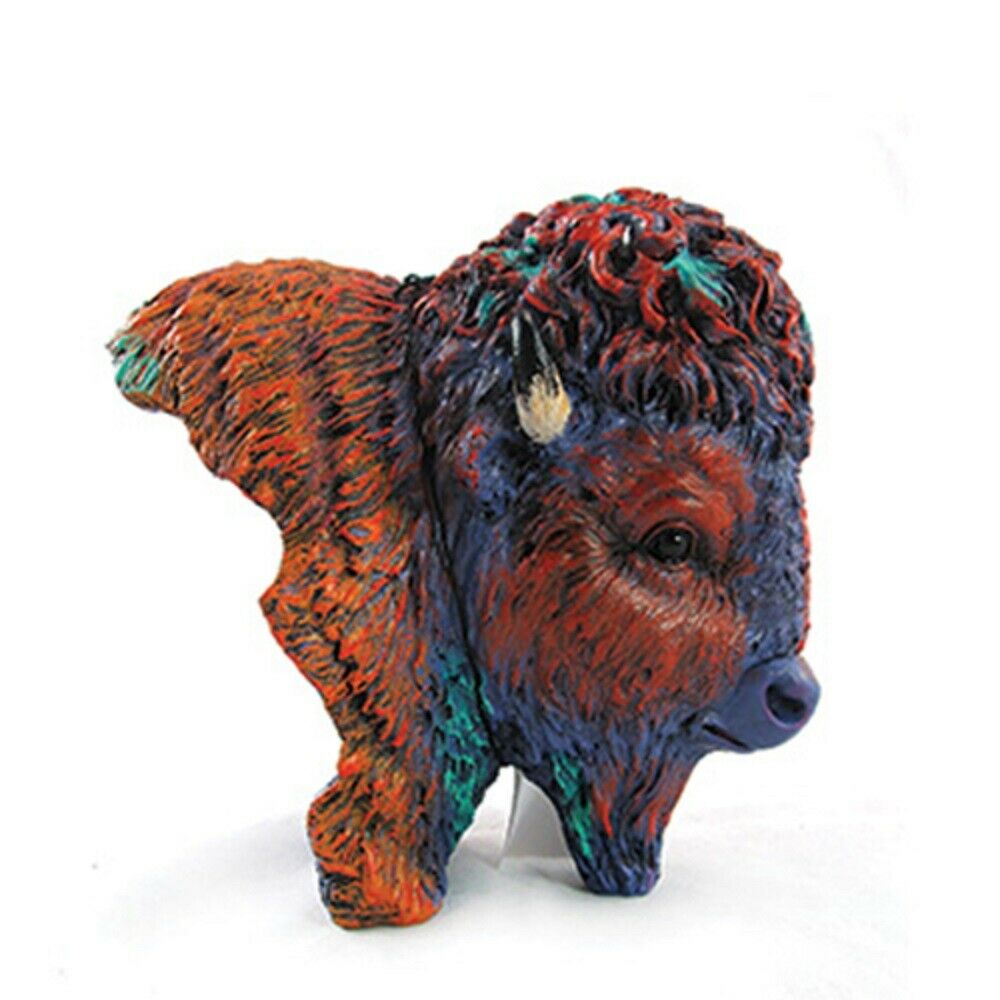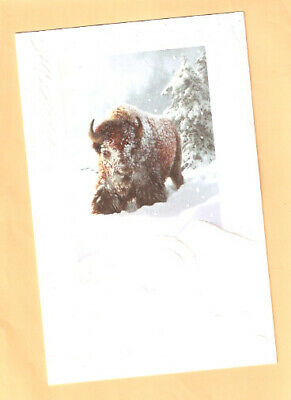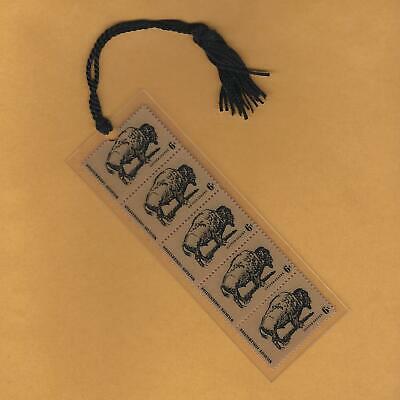-40%
Bison, Model for Old 1910 Ten Dollar Bill, National Zoo -1934 Scientific Print
$ 6.33
- Description
- Size Guide
Description
British Parliament 1925 Vintage LithographBison, Model for Old Ten Dollar Bill
One of the greatest misconceptions about the bison note is that the bison pictured is the famous animal named Black Diamond. Black Diamond is recorded as being the model for the bison featured on the buffalo nickel.
He was not in fact the model for the 1901 bill
. According to research, the original engraving is based on a stuffed bison that was on display at the Smithsonian in the late 19th century.
--------
This print is of the animal that was not a live
resident
of the
The National Zoological Park, commonly known as the National Zoo, one of the oldest zoos in the United States, but was collected and stuffed by the Smithsonian. The zoo is part of the Smithsonian Institution.
The Smithsonian's National Zoo and Conservation Biology Institute began as the dream of William Temple Hornaday, chief taxidermist at the Smithsonian from 1882 to 1887. During a trip to the western United States in 1886, he was shocked and troubled by what he didn’t find—large herds of American bison. The species, which once roamed the American West by the millions, was reduced to a few hundred animals. The bison’s near extinction sparked Hornaday’s crusade to save it and other endangered species from disappearing completely. He became the first head of the Department of Living Animals at the Smithsonian later that year, and brought 15 North American species to live on the National Mall in Washington, D.C. The deer, foxes, prairie dogs, badgers, lynx and bison were the animals that started what would eventually become the National Zoological Park.
In 1889 President Grover Cleveland officially signed an act of congress into law creating the National Zoological Park for “the advancement of science and the instruction and recreation of the people.” Two years later, the animals who had been living on the National Mall had a new home. Frederick Law Olmsted, the premiere architect of the day, designed the Zoo within Rock Creek Park in northwest Washington, D.C., which officially opened in 1891.
These are almost one-of-a-kind images produced mostly just for the Smithsonian Institute to document scientific and historical studies.
Published in 19
3
4
by
The Smithsonian Institute
Medium Size
: Approximately
5.5
" X
8
"
Blank on Reverse
Condition
:
Excellent
-
Very Good
-
Good
-
Fair - Poor (but of historical interest)
Th
is
Old Print
isn
't Perfect but close
- Minor handling wear & aging
<< Click Here to See Other
Natural
History Prints >>
Important: P/H is combined on multiple items that can be mailed together. BUT, with the new Ebay shopping cart, you
must wait for combined invoice
.
The Fine Print
International buyers
are responsible for all import fees and taxes.
Shipping costs:
Shipping costs on this item are
.10 in U.S.
.
My shipping costs are calculated on three factors - getting your item to you as quickly as possible, as cost effectively as possible, and as safely as possible. I pride myself in providing optimal protection. I use First Class or Priority Mail on most small items; Parcel Post on larger items; and Media Mail on books and magazines. You may request expedited shipment if you are willing to pay costs.
P/H is combined on multiple prints mailed at the same time. Please make your purchases from my auctions or store. I will send a combined invoice reflecting your savings.
The Nature of Prints & Engravings
: It was not until the 20th century that prints were commonly produced for the
itself. Prior to this, virtually all prints (and engravings) were produced as
illustrations
to be included in a manuscript, book, newspaper, or pamphlet. Therefore, a vast majority of original prints have been over the years removed from these original sources. Prints are produced using many different techniques:
relief printing
(woodcut & wood engraving),
intaglio printing
(steel & copper plate engraving, drypoint, aquatint, etc), and
planographic printing
(lithography, serigraphy, inkjet, laser, etc.). While the commercial value of a print depends on such factors as age, rarity, and condition, the real value of a print is its tie to its history and/or its esthetic beauty.
H
istory-On-Paper
Item #1220-W249-SI

